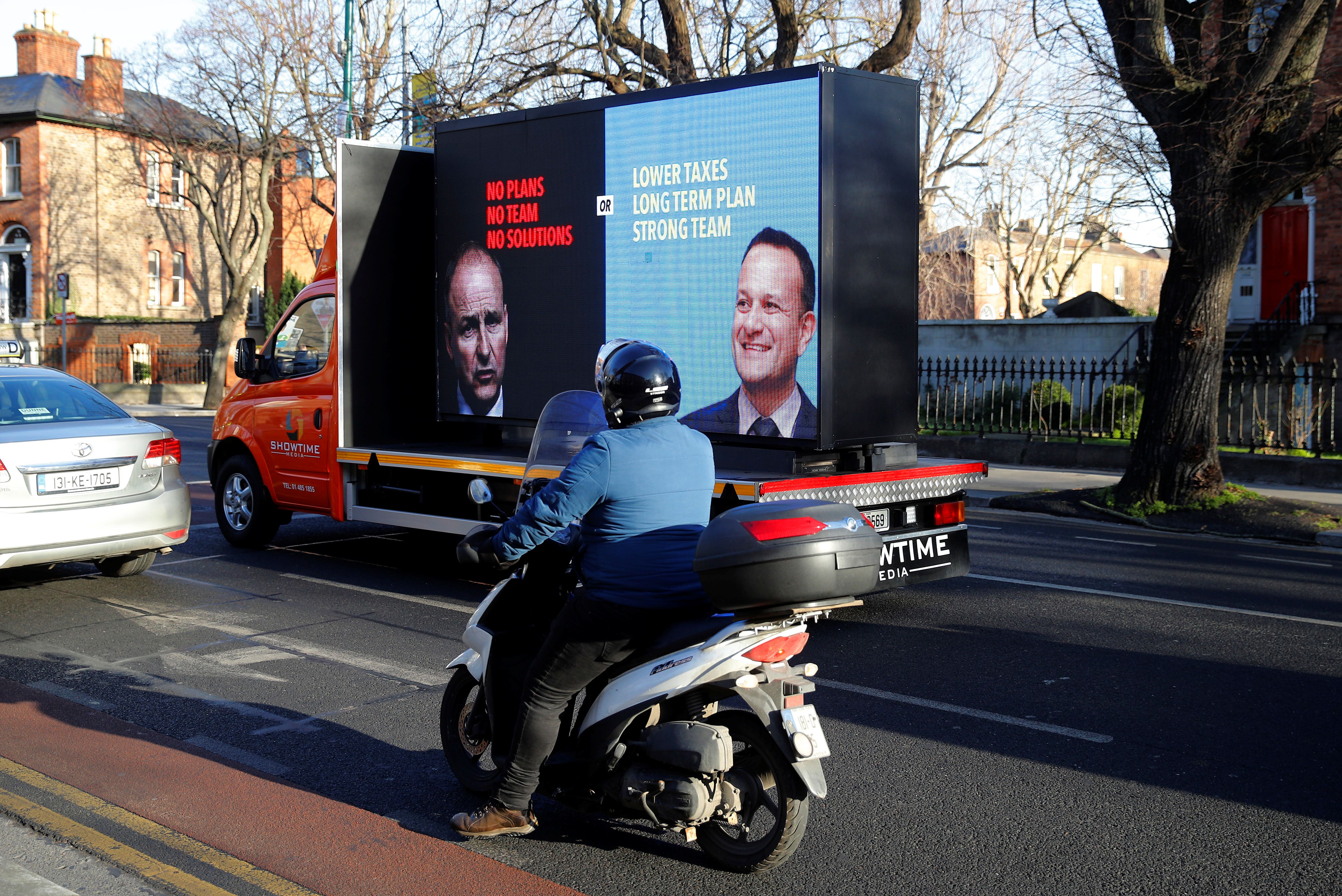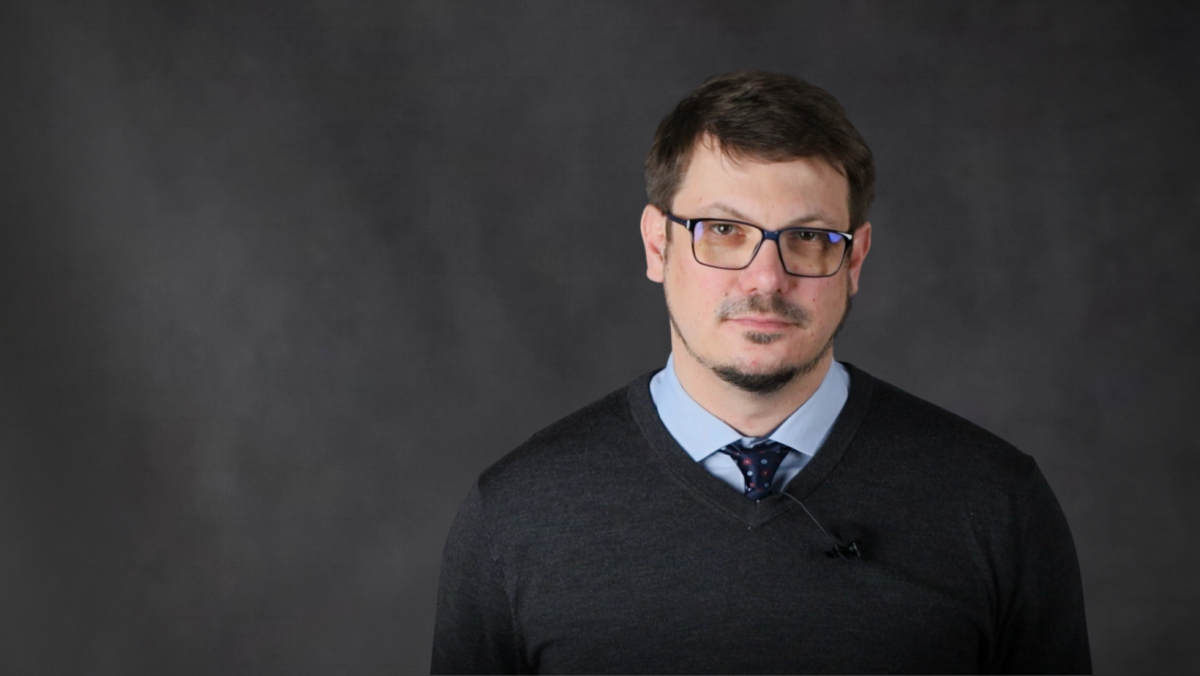Ireland at a Crossroads: Forming a Coalition in the Shadow of COVID-19

The Campaign and Results
Fine Gael (FG) had won the two previous elections, first forming a coalition government with the Labour Party (2011–2016) and then minority governments (2016–2020). Varadkar’s cabinet has functioned since June 2017 thanks to support in key parliamentary votes from Fianna Fáil (FF) in exchange for influence on the most important decisions (“grand parliamentary coalition”).
During the campaign before the latest election, both centre-right parties proposed similar programmes. They assumed an improvement in citizens’ quality of life by activating the economy (especially small and medium-sized enterprises) and reviving housing construction through market methods. They also wanted to pursue at the EU level Ireland’s interests in Brexit and climate policy. In turn, SF emphasized an increase in public expenditure, for example, on education, healthcare, and housing, and the extension of social benefits. At the same time, they emphasised the need for uniting the island in the face of Brexit and the centenary of its division under the 1920 British-Irish peace agreement. The socio-economic proposals of smaller centre-left parties were similar to SF, although the Greens proposed a particularly fast cut in CO2 emissions.
SF won 24.5% of the votes and 37 seats in the 160-seat chamber (an increase of 10.7 percentage points, or pp, and 15 seats); FF claimed 22.2% and 37 seats (a decrease of 2.1 pp and seven seats); and, FG received 20.9% and 35 seats (a drop by 4.7 pp and 12 seats). The smaller centre-left groups—The Greens, Labour Party and Social Democrats—won 12, 6, and 6 seats, respectively (7.1%, 4.4%, and 2.9% of the vote, respectively).
SF’s unprecedented victory resulted from its perception by many voters as a counterweight to the centre-right, treated as a single power system as a result of their 2016–2020 collaboration. Due to the surprisingly high level of support the SF received and the limited number of candidates they fielded, the party failed to fill 11 seats. For the first time, none of the centre-right parties won independently or was able to form a majority collation, including in the “grand” format (FG+FF). Because of the distribution of seats, the new government will need to rely on a multi-party coalition, which each of the three largest parties initially aspired to create. However, the onset of the pandemic enabled the FG and FF to take the lead.
Impact of the Pandemic
The first SARS-CoV-2 infection in Ireland was recorded on 28 February. The number of infections increased until 8 June to 25,200 (with about 1,700 deaths). The major centres of the pandemic are the metropolitan areas of Dublin and Cork. In accordance to the WHO guidelines, the mortality rate in the Republic remained at 4% until mid-April, before rising to 6.5% (e.g., from mass infections in care homes). Since the end of May, the dynamics of the pandemic have been slowing.
The cross-party agreement enabled the adoption on 20 March of a law granting extraordinary powers to the government. It was ordered that from 27 March residents must remain at home, public gatherings were banned, trade was restricted and remote work recommended, the army and the coast guard were mobilised, improvised medical facilities were created, and an economic shield programme enacted in subsequent parts (including the establishment of new benefits for the unemployed, extension of social assistance, deferral and suspension of repayment programmes and new credit lines). As a result, the mortality rate was kept in check (two times lower than the UK’s) and 85–90% of the population supported the introduction of the extraordinary measures. Lifting the restrictions is to take place in five phases from mid-May to August.
Government Formation
Since April, negotiations between the FG and FF have significantly accelerated, leading to the creation of an “extended grand coalition”. Their strategies were influenced by public opinion polls from April-June indicating FF would lose in an early election and FG would come in first (33–36%). The polls showed SF had continued to strengthen (27–28%) while FF had weakened (16–18%). The increase in FG’s support has been largely due to the high assessment of Varadkar’s leadership and his qualifications (physician). FF’s attitude was also influenced by their decision to support the act of 20 March, leading to joint responsibility for the government’s actions and thereby reducing the political cost of entering a formal coalition. On the other hand, SF’s ability to form a government was weakened by its well-established image as an anti-systemic party with which moderate parties should not cooperate.
On 14 May, a preliminary FG-FF agreement was announced that enabled the opening of parallel talks between the centre-right and each of the smaller parties of the centre-left. Due to parliamentary arithmetic, the talks have focused on the Greens. The conclusion of the coalition agreement is expected at the end of June. However, it is also possible a minority government of the FG and the FF will be established with parliamentary support of the centre-left. In both these variants, the role of the official opposition will be assumed by SF, along with the associated influence on the political debate.
Challenges before the New Coalition
The rivalry within the centre-right in Ireland is rooted in the approach to the 1920 agreement ending the war for independence (the FG accepted peace at the price of the island’s division while the FF rejected it), despite the general similarity in their socio-economic platforms. However, the growing role of the left indicates a change in the preferences of many Irish voters with respect to the role of the state in the economy and public services.
The current debate is shaped by their differences in approach to internal and external challenges facing the Re The first include, in particular, the strategy for exiting the pandemic countermeasures and the resulting economic crisis, resolving the pre-existing housing crisis (public vs. market investment), implementing climate policy (changing the agricultural model), and expanding the public health service, as well as social and labour security system. These challenges will have to be faced despite the rapidly growing budget deficit (currently at 7%).
Among the external challenges, the most important are the construction of post-Brexit land and sea borders on the island of Ireland and EU-UK negotiations on future relations, both key to the Republic’s trade (12% of Ireland’s exports and 25% of its imports) and transit to the continental EU. The EU debates on tax harmonisation and the digital market are also crucial. In the face of the pandemic, the Irish government supports solidarity and coordination of activities within the Union, including a financial assistance programme for the most affected Member States but opposes suggestions such as an EU-level digital tax for this purpose because of the high share of transnational corporations in Ireland’s GDP.
Conclusions and Forecasts
Although the “extended grand coalition” scenario will allow the centre-right to maintain power, it would be the first time in Irish modern history in the context of proper competition from the left. In the face of the pandemic, the universal perception of the election result as a rejection of post-2008–2011 austerity has gained new importance. However, the level of Ireland’s debt amounted to around 60% of GDP already last year, and with the budget deficit at the end of this year forecast to rise to €30 billion (10%) and economic growth receding by 7.5%, it will probably increase. These indicators may be exacerbated by the lack of an EU-UK agreement in December. On the positive side, the emerging EU assistance programme may accelerate Ireland’s growth. Nevertheless, the Republic’s new government will need to consider a possible dispute with the European Commission over budgetary discipline even given its present relaxation in the eurozone. The plans of the upcoming German presidency regarding the digital market will force the new government to defend the current Irish growth model while striving for EU unity in the UK negotiations. The EU-UK talks will also be influenced by the SF programme: in December and in February they obtained fresh mandates on both sides of the border to press for the organisation of unification referenda before the end of the current electoral cycle.


